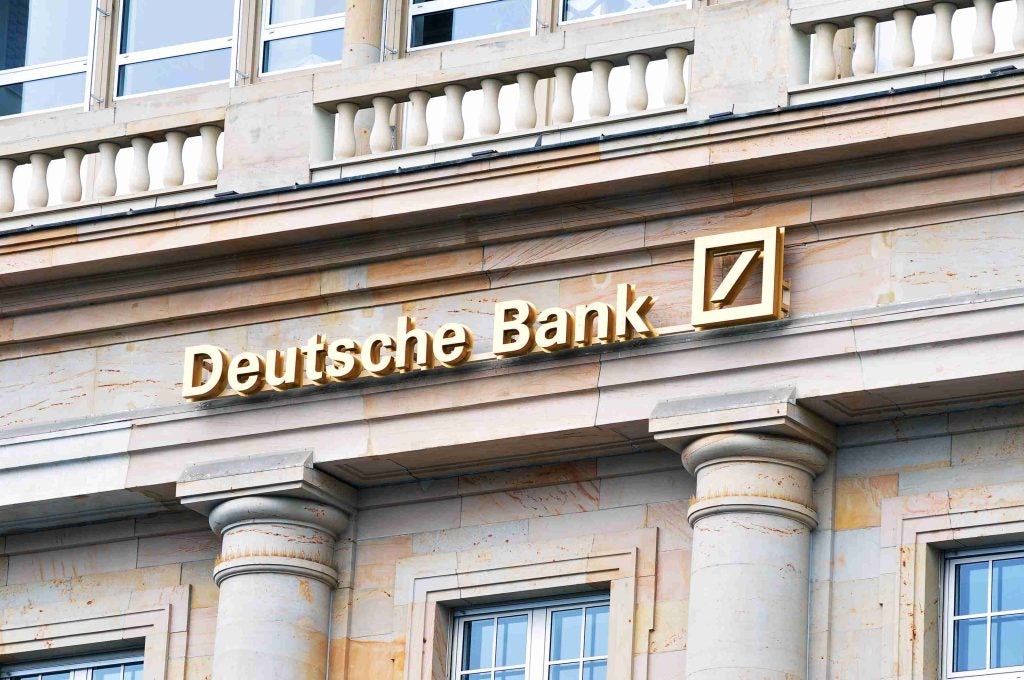
Despite not being a liquid asset, it can, if handled properly, be a highly wise and profitable investment containing a variety of potential.
According to Boston Consulting Group’s Global Wealth Research 2023: Resetting the Course, the value of personal cash and deposits rose by 6.2% in 2022, owing to a more risk-averse attitude towards investing.
Real assets, such as real estate and works of art, saw a 5.5% increase in value to reach $261trn.
Drew Watson, the head of art services at Bank of America, addresses the purpose of art financing and investing, lending, and asset ownership with Private Banker International.
PBI: What is “art lending” and “art finance”?

Drew Watson: Art lending and art finance are the two terms that are pointing to the same thing, it is essentially a line of credit that helps art collectors unlock capital from their art collections. If you think about art, as it functions as an asset – it certainly stores value and has the potential for appreciation but it is not an asset that generates cash, interest, dividend, cash flow etc.
We will work with clients who are collectors who have a diversify collection of works by artists with an established auction market and what we will do, is essentially put a line of credit in place against the art collection that allows them to tap into some of the capital that they have tied up in the art without having to sell the art.
How well do you really know your competitors?
Access the most comprehensive Company Profiles on the market, powered by GlobalData. Save hours of research. Gain competitive edge.

Thank you!
Your download email will arrive shortly
Not ready to buy yet? Download a free sample
We are confident about the unique quality of our Company Profiles. However, we want you to make the most beneficial decision for your business, so we offer a free sample that you can download by submitting the below form
By GlobalDataAnother unique feature of our art lending programme is that we allow the clients, if they reside in the US, to maintain possession of the art so they do not have to warehouse it.
So, they continue to live with the art, enjoy it for all the reasons why they started collecting. But at the same time, access some of the capital that they have tied up in the art without selling.
PBI: Why does Bank of America invest in arts and culture?
Drew Watson: Bank of America is a leading global sponsor of arts and culture.
It is something we been doing for a very long time, it speaks to some of our core values around our beliefs in the intrinsic value of art, but also the arts and culture sector more broadly.
It is a major economic driver for communities that we serve, but also serves to bring different communities together.
We firmly believe in the power of arts and culture to really transform communities and society, and it is a value that we share with a lot of our clients.
In addition to having a business in the arts and culture space that spans not only art lending, but also planning for collectors and consignment advisory services, arts institutional services.
PBI: Who is art investing and finance for?
Drew Watson: It is really geared towards private collectors.
When we are looking at client suitability or the target client profile, it is really for a collector who has a large balance sheet, because we are a resource lender which means we underwrite the balance sheet of the individual and then art as the secondary source. As well as a diversified art collection of a certain size, so the collections we look for are around $10m or greater.
What the clients look like in terms of their source of wealth, we work with a lot of financial sponsors like hedge funds, private equity executives – who will use an art loan to unlock capital from their art collection, and then reinvest some of that capital into their fund, to capture that positive between the cost of borrowing and what the fund is returning.
We work with a lot of real estate developers, who use an art loan as an alternative to, or a supplement to, traditional real estate financing.
We also work with a lot of business owners who will use an art loan as a working line of capital to help expand their business, as well as media and entertainment executives, producers etc.
Individuals, due to the nature of their work, have cash flow and having a line of credit allows them to smooth that out, and bridge short term liquidity.
PBI: How many clients do art lending, and to what value?
Drew Watson: The number of clients that we have art loans with, is a range of 150. It is a fairly targeted client segment.
The average size of an art loan is around $20m, starting around $5m and then we have art loans that go into the hundreds of millions.
PBI: What are the benefits of art lending?
- You are converting a static asset i.e., art, into a dynamic asset. Turning an asset that does not drop any cash into something where there is liquidity.
- being able to redeploy that liquidity in the context of a broader arbitrage or wealth building strategy
- you maintain ownership and possession of the art, so you do not have to sell the art to generate liquidity and potentially produce undesirable tax consequences.
PBI: What are three main pieces of advice you would give to someone who is interested in art financing/art lending to secure a loan?
- Recognise that individuals collect art for a variety of reasons. Historically, it has really been about the passion that one has for art and wanting to live with it. That’s related to intellectual pursuits, aesthetics enjoyment and social component.
- There is a financial dimension to art as well. Our clients typically do not view their art as a pure investment, but they view as a capital asset. In other words, it is a part of their balance sheet that needs proper planning and in a broader strategy, part of that is how they are going to generate liquidity from their art.
- Pay attention to the market, be active in the market, the type of art that we lend against really needs to have an established secondary market track record, and that type of art can range to all the way from old masters through contemporary.
But really understanding the depth of market, and thinking about as you are collecting, making sure that your collection is diversified, as well as maintain accurate valuations and regularly get your collection appraised.
PBI: What challenges or trends do you foresee in the art world in the coming year?
Drew Watson: About a year ago, to combat inflation, we started to see the rise of interest rates, and then corresponding volatility in financial markets, economists that follow the art market have historically said that there tends to be a six month to one year lag between what is going on in the broader economy and how that plays out in the art market.
We started to see the beginning of that last fall, it was largely overshadowed by the big headlines around the Paul Allen sale, which performed extremely well.
If you went down the evening sale, and day sale material – you would see that buyers were being more cautious.
We saw the continuation of that trend this spring, there was less on the supply side. there was a lot less discretionary selling, the major drivers of property to market were estates, because they were required to pay taxes within a certain period of time.
And on the demand side, we saw healthy sell through rates, still in the 80% pile, which is generally considered a measure of healthy demand in the market, but buyers were being cautious.
It is not an environment where people are going to chase a particular work of art, or where you want as a seller to have pushed estimates, because that is going to alienate buyers who are price sensitive in this environment.
Also, we did not see as much of the top end of the market, last year the only segment of the art market that displayed significant growth was the 10 million dollars plus segment.
This spring, no works were estimated at 50 million to the extreme high-end market. That is another indicator that there is less discretionary selling, than there was a year ago or so.







